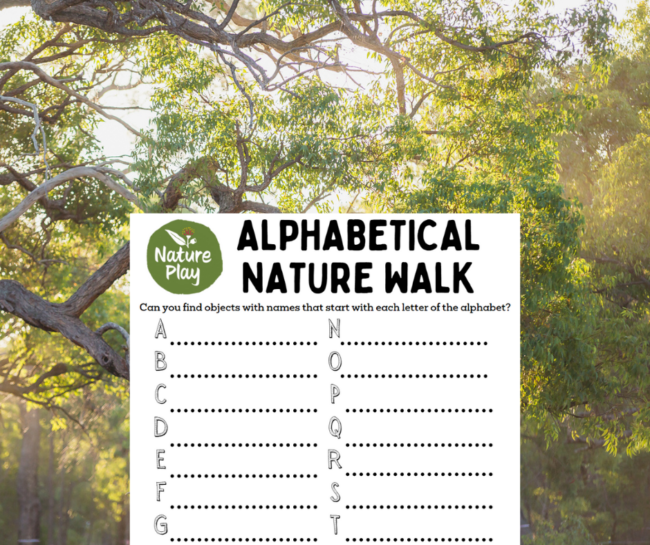 Abstract
Abstract
Before the pandemic closed schools last spring, Anna took her first graders for a walk every day no matter the weather. The simple act of taking a walk–a walk with a curricular focus or purpose,” wrote Judson, can have multiple positive consequences. Being outside brings physical and mental health benefits, like boosting attention, reducing fatigue, and decreasing stress and anxiety. Finding curriculum while walking, or walking curriculum, can also foster a sense of place and embed learning in authentic contexts. Environmental print is especially helpful for early childhood literacy development. A few weeks later, the focus of one of their walks was vowels. As students arrived that morning, there was a message on the board and a list of everyone’s names. First graders were instructed to find their name and circle the vowels. In addition to serving as a formative assessment, Anna used the students’ names to review all the vowels to ensure everyone was ready to be successful.
Conclusion
Learning does not only happen in classrooms. Curriculum is everywhere. Literacy is everywhere. Students at any age and grade level would benefit from taking a walk during the school day, and the focal points for content connections or skill development are practically limitless. Teachers can invite students to jot down questions that come to mind on their walk, write detailed descriptions of what they see or hear, or brainstorm settings for stories based on their local neighborhood. Sometimes, asking students is the best move: “If we went for a walk around the school today, how could we integrate that experience with our unit on persuasive writing? How might our walk help us understand figurative language?” There are many teachers who share what they do on walks on social media, so search #walkingcurriculum on Instagram or Twitter for more examples. Anna documents their class walks every day on Instagram at @annas1stgrade.
Keep in mind that there are many considerations before heading outside. Communication and emergency plans should be in place, and make appropriate accommodations for anyone needing assistance with mobility. Walking curriculum should be accessible for everyone, so be sure to bring an equity lens to this practice.
By going on walks every day, Anna connected her first graders with nature, with their community, and with each other. They exercised their bodies and minds simultaneously. Moreover, their walks provided an authentic context for literacy development. Learning on the move is not just effective, either. It is also a lot of fun!

 Abstract
Abstract